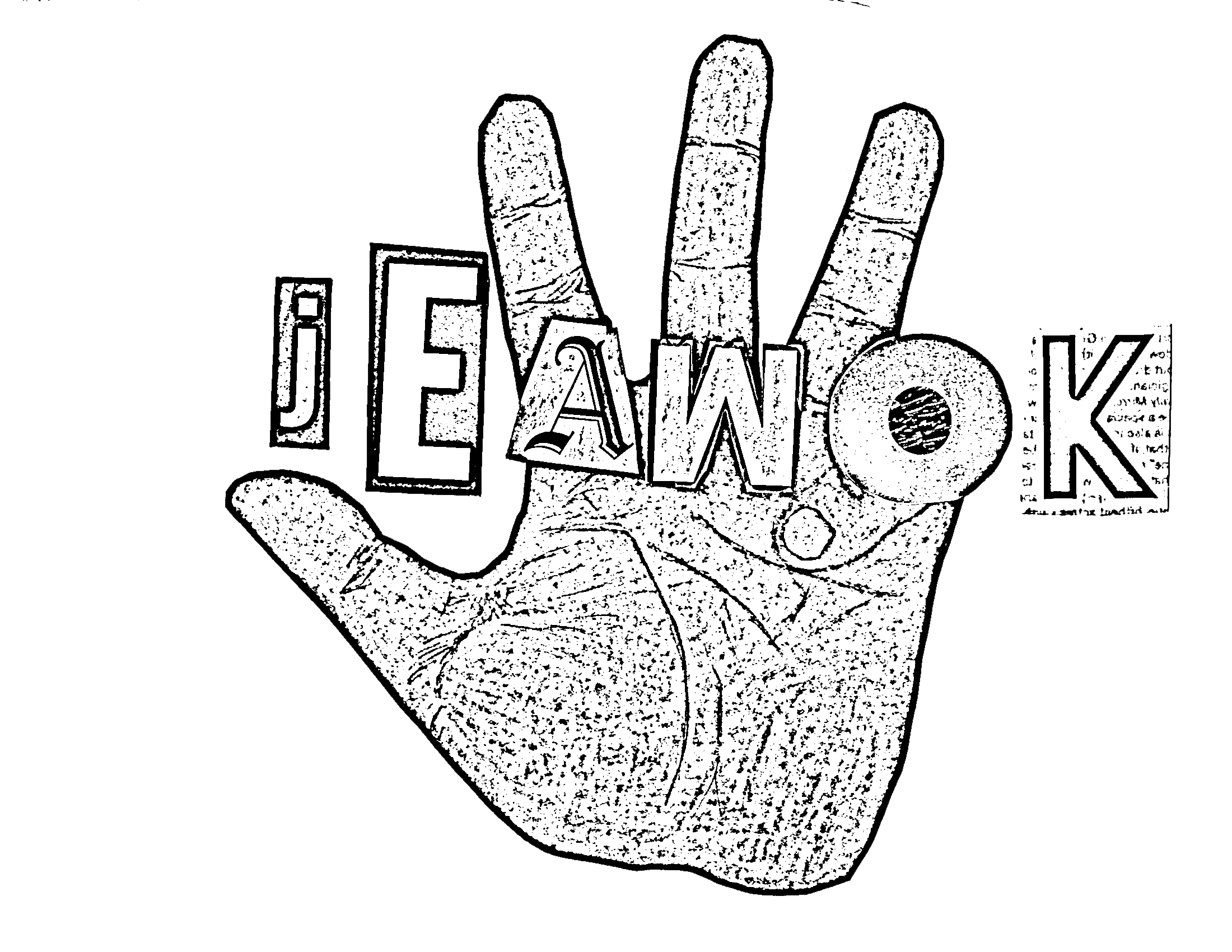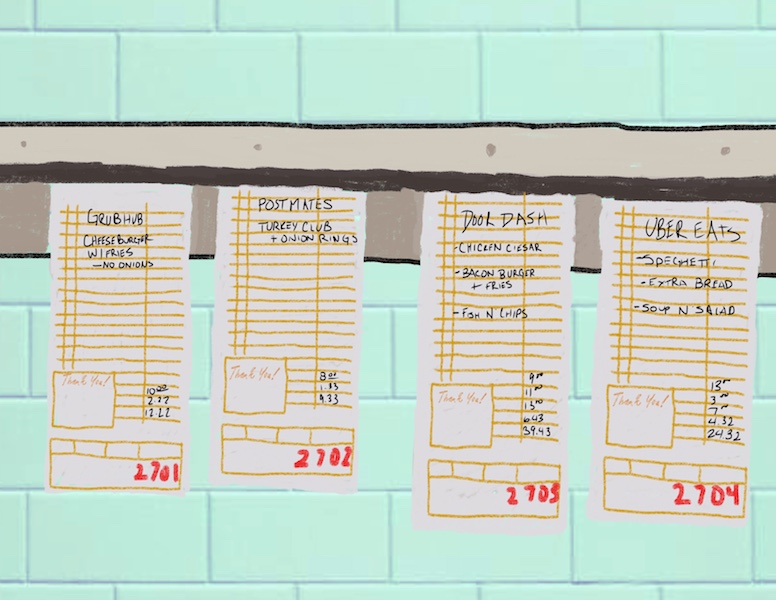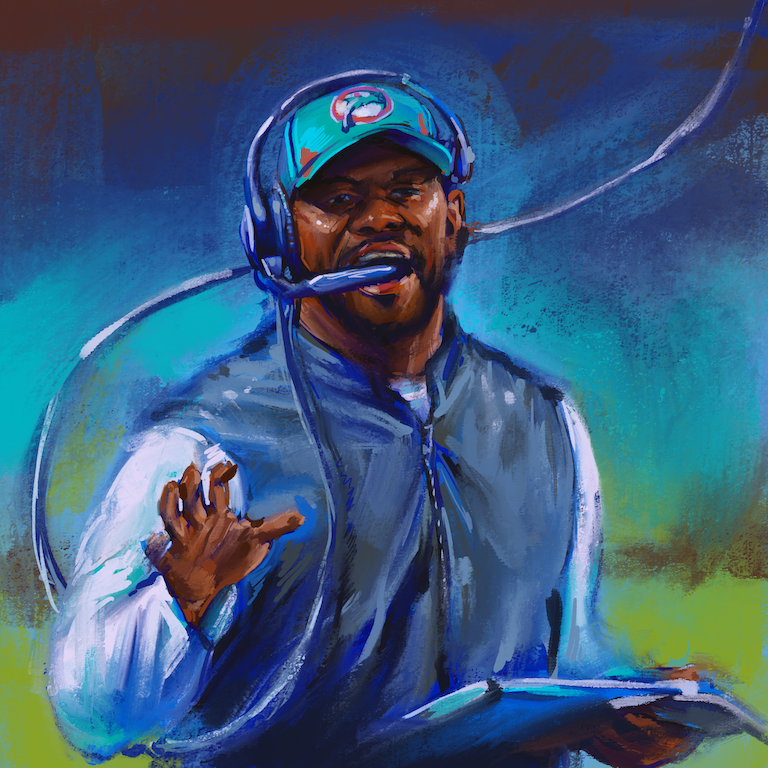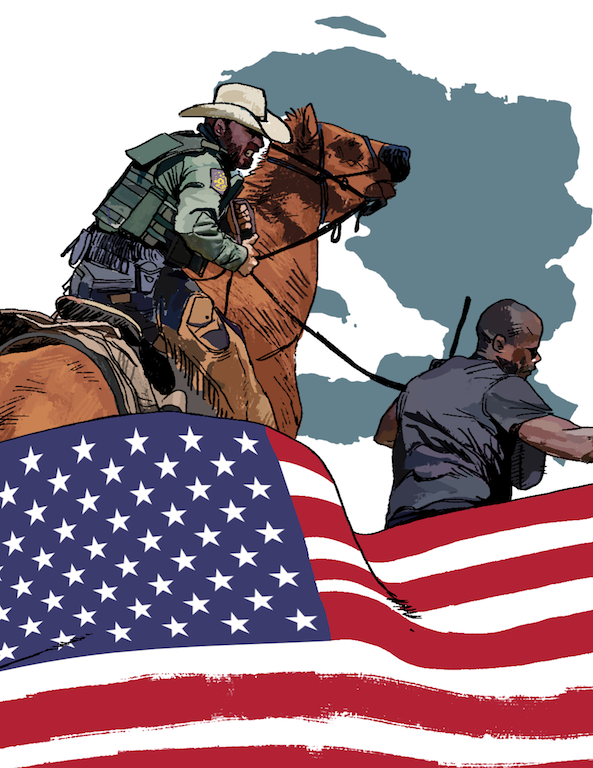Unless you manufacture hand sanitizer or work in healthcare, there’s a chance you were faced with some employment-related uncertainty at one point or another during the COVID-19 pandemic and the wonder year that was 2020. For a lot of industries, most changes were one-time, followed by a period allowing for adaptability and, eventually, the new normalcy that was spoken of a lot at the beginning of the stay-at-home orders.
One industry that did not have the luxury of dealing with one set of rules and then adapting, however, was the food service industry. For a while it was take-out only, then there were complete closures, then outdoor seating was okay, but then it wasn’t again, then owners started fighting back, and then new legislation would be released, all the while, hardworking employees of restaurants and other food services were either stuck in limbo, or losing their breaths going in circles in the proverbial revolving door that was, and continues to be, COVID legislation. This of course varying from state to state.
Just as there were a few industries that didn’t particularly suffer due to COVID (TV streaming services, alcohol sales, the aforementioned sanitizer manufacturing), there were some areas of the food service industry that actually saw some spikes in business, but not particularly helping with the overall fight that was (and is) “keeping restaurants alive.” Here is a closer look at a few aspects of the food service industry, and how they affected the industry as a whole.
Uber Eats, Grubhub, etc
These services had business booms during the pandemic, but bad business practices may hurt them when their partnership with restaurants is no longer necessity when business resumes after the virus has finally been controlled.
The four horsemen of third-party food delivery services, Uber Eats, Grubhub, Postmates, and DoorDash more than doubled their profits between April and September of 2020 when compared to that same timeframe in 2019. With the bottom line as the measuring point, it’s safe to say that these industries certainly improved due to COVID, with $5.5 billion in combined revenue over the timeframe mentioned above.
However, though, that boom was not solely due to the reason that people weren’t allowed to go out to eat so they (customers) were simply looking at delivery apps more often, but it was also caused by a heavy increase in restaurants that chose to use the services, as they all involve costs to the restaurant, ultimately making the owners have to decide if the costs will be worth the uptick in sales when delivery can be offered. With COVID, delivery had to be offered, and these services focused in and pressured restaurants abound to work with them, the vast majority of whom did out of necessity.
One must also remember, that these restaurants were forced to lay off employees like bartenders and servers when dine-in options were no longer. With no deals offered to the restaurants, these delivery services can claim they helped keep restaurants afloat, but they certainly could have done it with a lot more sympathy to the bartenders and servers out of work, and because of this, many restaurant owners are leaning toward cutting ties with delivery services as soon as the dine-in doors can be fully opened with no fear of another shutdown.
You can act by calling your favorite restaurants directly and asking if they have a pick-up or deliver option that doesn’t involve a third-party service. If they do, you’re saving money, and your tip (if so you choose to do so) is going right to the individuals at the restaurant most negatively affected by the constant changes in legislation.
Restaurant Staff
For servers and bartenders, work was completely shut down for a while at the beginning of the pandemic, and since, it’s just been a straight up shit show in most of America, as some businesses follow protocols and others do not. Ultimately, inconsiderate clientele who would go to a bar with a cough, or jump from place to place even though everything written asked them not to, were the biggest detriments to restaurants staying open and staffers getting to keep their jobs. It’s somewhat ironic, as often these individuals were the same ones complaining about closures, but you can’t fix idiocy, and idiocy doesn’t seem to be going anywhere in this country for a while, so the best we can do is adapt.
For many staffers in the service industry, this adaptation was made slightly easier with unemployment compensation, but there was also a laundry list of issues that existed with government assistance as well. Generally, back of house employees were able to retain hours at a higher rate than those servers and bartenders, but the vast majority experienced some kind of temporary work stop, and most are not working the same amount of hours now as they were before the pandemic.
The best way to help these individuals is to continue to practice social distancing and sanitization and if a restaurant looks too full to be safely occupied, then just go home and try again tomorrow.
Owners
If those at the employee level thought they had to jump through a lot of hoops during COVID, they aren’t wrong, but may take it better if they had an understanding of everything business leadership had to deal with. In addition to all of the stipulations already mentioned, winter brought with it a whole new wave of issues, especially in those places where outdoor dining was allowing for some sense of normalcy.
Ultimately, more than 17% of restaurants have closed their doors since the pandemic began, and winter is expected to make that number increase even further. In addition, more than 50% of Americans said they are planning on avoiding restaurants even after the vaccine is made available to everyone, meaning struggles are expected to continue for these individuals.
The best thing consumers can do to help the restaurant industry is to put themselves in the shoes of a restaurant owner, and make choices that those owners would appreciate. Of course, the first thing they like is your business, but you can give them more bang for your buck by skipping the delivery services and ordering directly from the restaurant (this goes double for non-chain businesses). In addition, be respectful of the fact that broken rules equate to closed doors, and even if your part of the country has restrictions in place that make you wear a hazmat suit if you go out, know that it’s not the restaurants making you do that… but they do need you to abide in order to continue their business.
As a country, we are over the COVID hump, and as a country full of food lovers and great places to get that food, we can look out for one another by being respectful and cognitive of the issues individuals in the restaurant industry have been forced to deal with due to the pandemic.




